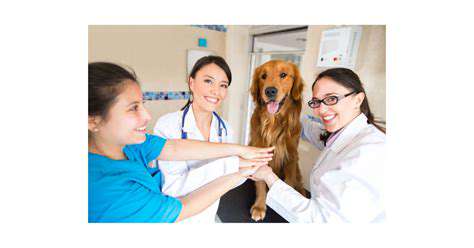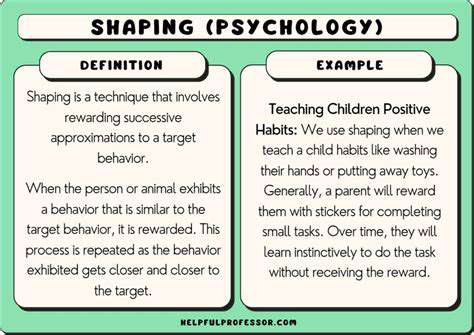How to Prevent Eye Infections in Dogs

Environmental Factors and Their Influence on Dog Eye Health
Environmental Factors Affecting Dog Eye Health
Environmental factors play a significant role in maintaining the health of a dog's eyes. Exposure to pollutants, dust, and allergens in the air can irritate the delicate tissues of the eye, leading to discomfort and potentially more serious conditions. Outdoor environments, particularly those with high levels of pollen or other airborne particles, can increase the risk of allergies, conjunctivitis, and other eye inflammations. Understanding these environmental triggers is crucial for proactive care and preventing potential issues.
Climate conditions also significantly impact a dog's eye health. Extreme temperatures, whether scorching heat or frigid cold, can cause dryness, irritation, and even damage to the delicate corneal surface. Prolonged exposure to intense sunlight can also increase the risk of cataracts and other eye diseases. Dogs with shorter or less protective fur may be more vulnerable to the effects of harsh weather on their eyes.
The Importance of Cleanliness and Hygiene
Maintaining cleanliness around your dog's living space is essential for preventing eye infections. Regular cleaning of their bedding, toys, and areas where they frequently rest can help reduce the accumulation of bacteria and other microorganisms that can cause eye irritation and infections. This is particularly important for dogs who spend a significant amount of time outside, as they may be exposed to more environmental contaminants.
Furthermore, ensuring access to clean, fresh water is crucial. Dehydration can lead to dry eyes, which can make them more susceptible to infections and other eye problems. Regularly providing a fresh water source and monitoring your dog's hydration levels can significantly contribute to overall eye health.
Proper hygiene practices, such as regularly wiping away any discharge from the eye area, are also crucial. This will help prevent the spread of infection and keep the eye clean and healthy. Always use a clean, damp cloth or cotton ball for this purpose. Avoid using harsh chemicals or irritants that can further damage the delicate eye tissues.
Regular grooming can also help maintain cleanliness and prevent eye problems. Brushing their fur frequently can help remove debris and dirt that could get into their eyes. This is especially important for dogs with long coats or those who spend time in dusty or dirty environments.
Protecting Your Dog's Eyes from Harmful Substances
Protecting your dog's eyes from harmful substances is vital for maintaining their overall eye health. Avoid exposing your dog to irritants like smoke, strong chemicals, or substances that could get into their eyes. If your dog spends time near areas with these substances, ensure appropriate precautions are taken to prevent exposure.
Certain plants and flowers can also be harmful to dogs' eyes. If you suspect your dog has ingested or come into contact with a potentially toxic plant, consult your veterinarian immediately. Be aware of common plants in your area that could pose a risk to your dog's eye health.
Furthermore, supervise your dog closely when they are playing outdoors. Be mindful of potential hazards like sharp objects or debris that could injure their eyes. Keeping a watchful eye on your dog while they are playing in the yard or other outdoor areas will help prevent accidental injuries.
Read more about How to Prevent Eye Infections in Dogs
Hot Recommendations
- Review: [Specific Brand] Small Animal Cage
- Why Rescuing Pets Saves Lives
- Best Pet First Aid Kits [What to Include]
- How to Help Stray Animals in Your Community
- Guide to Adopting a Pet When You Have Kids
- Top Reptile Heat Lamps
- Heartwarming Rescue Stories That Will Inspire You
- Review: [Specific Brand] Bird Cage
- Best Aquarium Filters [2025 Review]
- Review: [Specific Brand] Smart Litter Box





![The Story of How My Cat Became Friends with [Other Animal]](/static/images/33/2025-06/TheUnbreakableBond.jpg)





